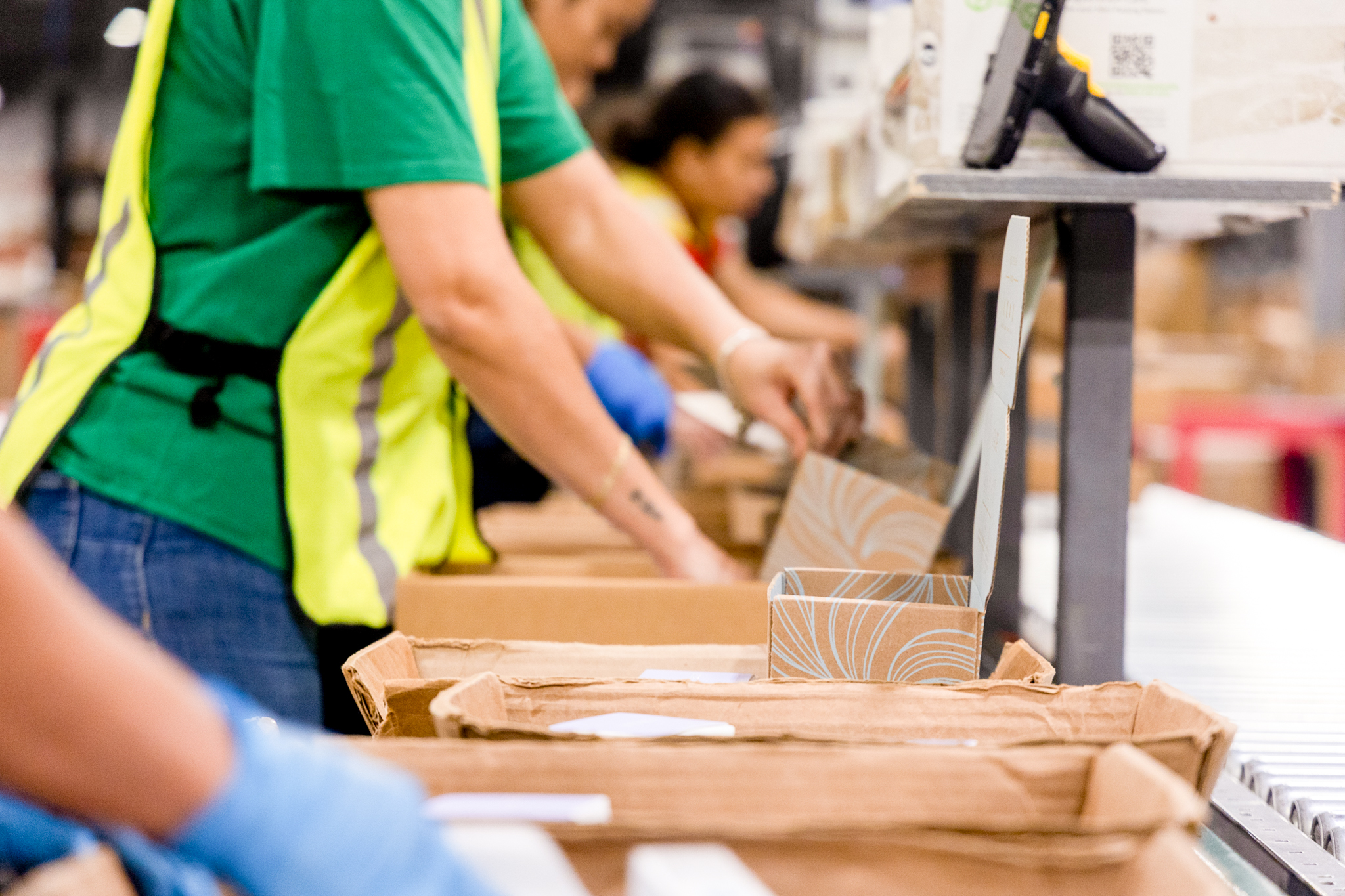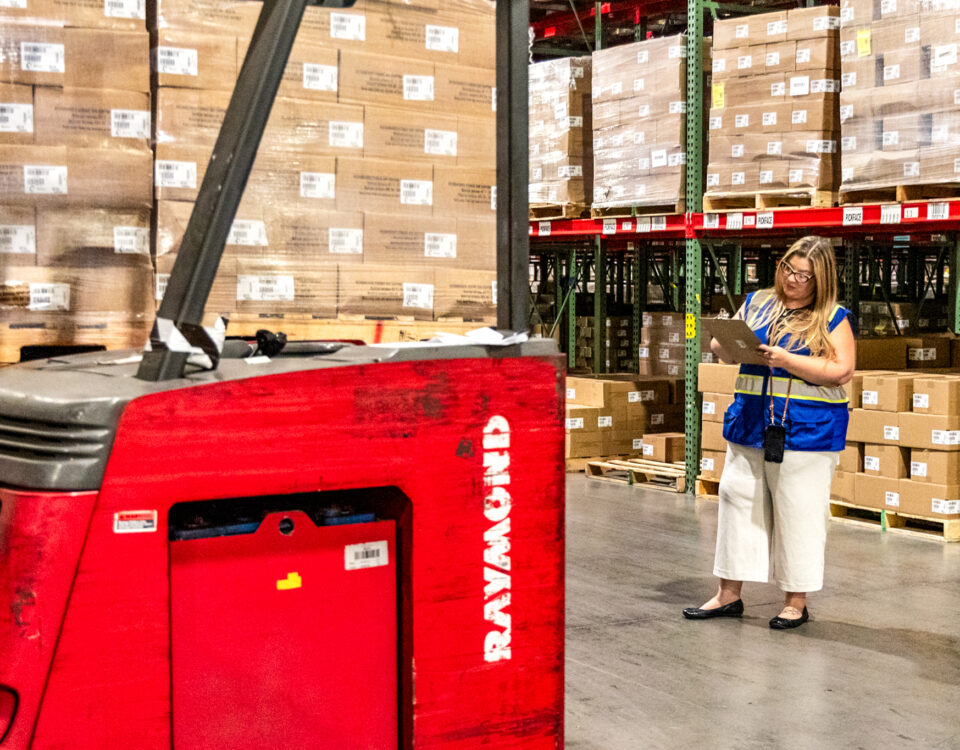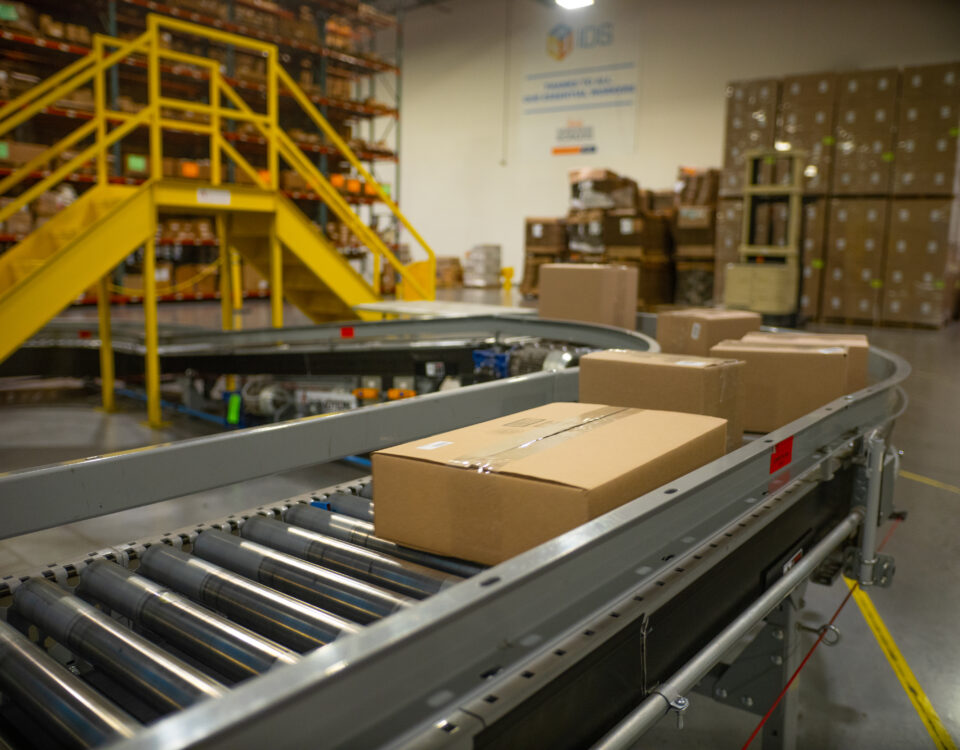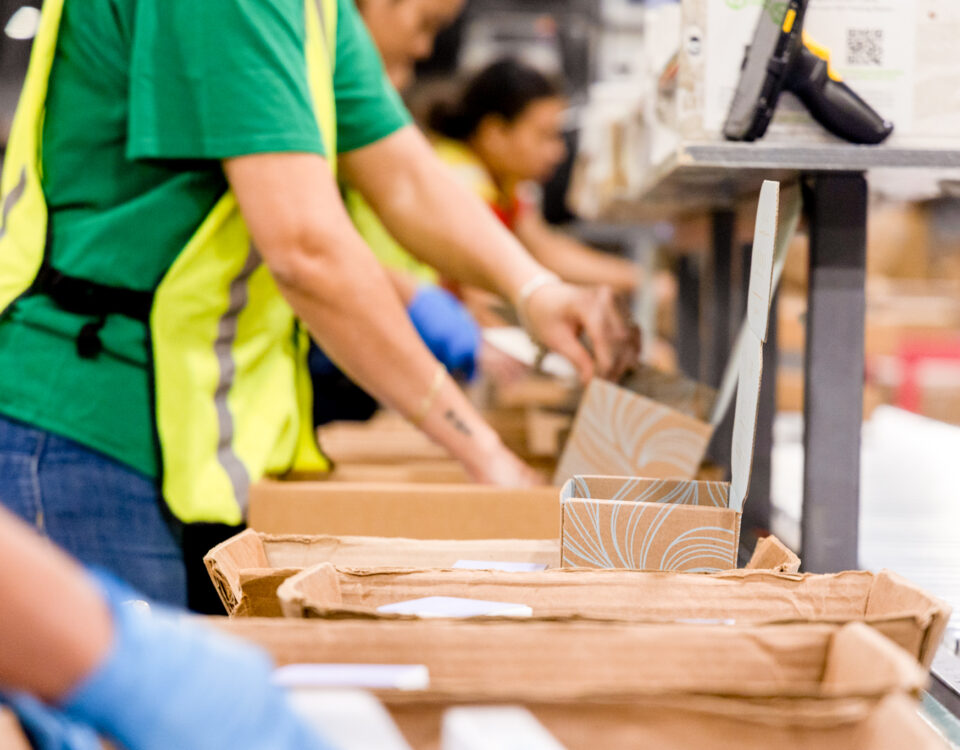Like it or not, free shipping seems to have become an expectation of online shoppers rather than a pleasant occasional perk. Many retailers have capitulated to this growing demand, while others continue to resist. Whether your company already offers or is considering offering free shipping, the key question worth exploring is this: Can you afford free shipping? Even more to the point, how can you really tell if you could afford free shipping or not? Read on to discover the why and how of answering these important questions.
A Brief History of Free Shipping
How did free shipping go from an occasional incentive to what now feels like a requirement for retailers and something more like a right for online shoppers? It’s got many retailers reeling to figure out if they can or should give in and get on board the free shipping train, which literally left the station in the late 1990s during the dot-com bubble. Back then, when online retailers were growing by leaps and bounds, and investors were throwing money at them with what turned out to be reckless abandon, it was a no-brainer to offer free shipping as an extra incentive to get consumers to make the online purchase from companies they had never even heard of before.
When the dot-com bubble popped in the early 2000s, many of those early online companies went belly up, never to be seen again. Others, however, survived. One of those was Amazon, of course, which launched its Prime membership program in 2005 with a primary focus on free two-day shipping for most purchases, among other benefits. The two-day feature of prime is a key factor. Consumers soon wanted not only free shipping, they wanted it free and fast.
Make no mistake: people love free shipping. They’re often willing to fork out more for a product if it includes free shipping, which makes no logical sense whatsoever. The lack of free shipping continues to be the main reason shoppers abandon a cart without completing the purchase. Fully two-thirds of consumers simply won’t buy a product online unless shipping is free.
The problem with this trend is that in the face of rising shipping costs, companies large and small have to find ways to keep it affordable for their bottom line, such as raising the minimum threshold for a shopper to get the perk of free shipping. The largest retailers, of course, get significantly cheaper shipping because of the huge volume of packages shippers can count on. It’s the smaller retailers who are really scrambling to figure out whether they can afford free shipping or whether those who already do can continue to offer shipping. It’s a real conundrum that feels fundamentally unfair to many retailers who feel the pinch way more than the giants.
Retailers of any size will simply find it very difficult to survive in the long term without offering some version of free shipping, which is why the key question you must answer is this: Is there a way to do free shipping your company can afford?
What are the Primary Factors to Consider About Free Shipping?
As you begin thinking through whether or not free shipping is something you can offer at all or how to go about doing it if you’re hoping to offer it or keep offering it, the primary factors we suggest you consider include the following nine:
- Affordability
- Current Shipping Costs
- Shipping Cost Estimates
- Reducing Shipping Costs
- Volume Discounts
- 3PL Partnership Evaluation
- Market Competitive Analysis
- ROI Calculation
- Long-term Planning and Scalability
Let’s tackle each one of these because they’re all interrelated when you’re trying to solve the free shipping puzzle.
Affordability: Free shipping is a kind of marketing tool or strategy used to entice customers into your online store and to help incentivize them to make a purchase. Just like other marketing tools such as SEO (search engine optimization), content marketing, pay-per-click advertising, and so on, there is both a cost to the tool as well as a potential return on investment (ROI) to spending money on it. If your retail company’s budget doesn’t include some of the most basic online marketing tools and strategies, then the changes are good that you can’t afford free shipping. If you’re not sure, however, and want to go deeper into figuring out free shipping, then continue reading!
Current Shipping Costs: Next up is to make sure you have as clear an understanding as possible of what you’re currently paying for shipping your products to customers. Keep those numbers handy as you continue working your way down through the list of factors you’re considering related to free shipping.
Shipping Cost Estimates: A key aspect of how shipping works (or doesn’t work) for online retailers is how shipping costs are estimated through their websites. If those shipping estimates are off, it can really mess with your volume and price configuration. If they’re off, it’s probably a data-related problem. In order to provide accurate shipping quotes to understand whether and what type of free shipping your company can offer, your site must send the package weight, dimensions, and shipping address to an API (application programming interface). The API will use the information to create a shipping quote. It is important to ensure your website is providing accurate and sufficient data in order to get this right!
Reducing Shipping Costs: Free shipping might be within your reach if only you could find a way to reduce overall shipping costs. There are several ways to do this. First, can you reduce your shipping area and still get as much business as you need? After all, it costs a whole lot less to send a package across town or across your state than it does to ship it all the way across the country. If the far-flung orders are few and far between, you’ll do better focusing your efforts locally or regionally and pay less for shipping. You can even look into more local carriers who may have better incentives than the big carriers. Second, is your packaging optimized to reduce shipping? Ditch the unnecessary packaging supplies and designs because this will save money on both packaging and shipping and result in less waste as well. Third, if you’re handling order fulfillment in-house, are you able to do so cost-effectively? Working with a third-party logistics (3PL) fulfillment partner might make better business sense and allow you to afford free shipping.
Volume Discounts: Are you getting the right or best volume discounts from your carrier(s)? The more you ship, the better the rates. It’s a lot to keep track of, though, which is why it often makes more sense to work with a third-party shipping partner. A good starting place to learn more about this is our blog article, Third Party Shipping 101.
Market Competitive Analysis: What are your competitors doing about shipping? Are they offering free shipping? Just because they’re offering it doesn’t mean you should, especially if it turns out they really can’t afford it. If you do decide to offer free shipping, then it would behoove you to do it better than your competitors by working all the factors mentioned in this article to your favor. But another aspect of competitive market analysis has to do with choosing the carrier for any given shipment. Winning the shipping game, whether free or not, is all about being able to quickly shop around for the best combination of cost and speed for each and every shipment. If you don’t have that capability in-house, then you’ll need to find a way to get it from the outside.
ROI Calculation: As mentioned in the affordability factor, you want to see a good ROI (return on investment) for spending precious company resources on any marketing tool, and that includes free shipping. As you make adjustments to how you do your shipping, be sure to keep revisiting your ROI calculations so you can track how you’re doing.
Long-term Planning and Scalability: If your marketing is successful and you can see a clear path to growing your business, take the time now to figure out how you’re going to keep up with cost-effective order fulfillment and shipping. If you’re not careful, your growth could outstrip your organizational capacities, which can lead to damaging your reputation and lower customer satisfaction.
3PL Partnership Evaluation: The final factor, and possibly the most important on this list, is to seriously consider whether you should be working with a 3PL fulfillment services provider who can make short work of optimizing everything on this list. Yes, there is a cost to working with a 3PL fulfillment partner, but if you do your homework and choose the right one, it could have a huge positive impact on your company winning the shipping game for your customers, whether it’s free shipping or not.
IDS: Your 3PL Fulfillment Partner for More Effective Shipping
Whether your company is considering finding its first 3PL fulfillment partner or realizes it’s time to switch to a partner who can better meet your needs, we invite you to learn more about what we call the IDS Advantage. When you work with IDS, here’s what you can expect:
With strategically located climate-controlled warehouse facilities, your customers won’t have to wait for their orders, no matter what part of the country you’re shipping to. Because of the placement of our distribution and fulfillment centers in Indianapolis, Indiana, and Salt Lake City, Utah, we’re able to ship products to 92% of the nation using 2-day ground shipping, which means we’ve got you covered when it comes to geographic reach and quick deliveries.
We pride ourselves on offering advanced technological integrations through our automated warehouse technology for incredibly fast and accurate pick and pack order fulfillment. IDS also offers a robust selection of value-added services to not only meet your current needs but also your future needs, including relabeling, cross-docking, kitting, drop shipping, personalization, and more, all tailored to your unique business requirements. Just as important, we place a strong emphasis on the client relationship and take the time needed to truly understand your business and its needs to build trust and arrive at the best solutions for a shared sense of success.
Since this article is all about shipping, we want to make sure you know about our ProParcel program, where we aggregate shipments from our customers to negotiate the best rates, which we pass along to our clients. Carrier relationships can be challenging to manage, and there’s no one-size-fits-all solution. Through ProParcel, we help our customers find superior automated shipping solutions that meet their price points and expectations. 3PLs are viewed differently by carriers, and working with a fulfillment partner who has a close relationship with the carriers can provide significant benefits. IDS has spent years developing the right relationships and carrier negotiation tactics to provide the most value to our clients. We frequently renegotiate our shipping rates and service levels on behalf of our clients and share our group discounts so that all of our clients can benefit.
Our long-standing industry reputation includes more than 50 years of experience in logistics and fulfillment, providing stability and reliability as a service provider. Let us help you save precious time by taking care of the fulfillment side of operations so you can focus on your business. No matter what you need, we can customize our services to suit your business.
If it’s time to discover the competitive advantage of end-to-end 3PL services, including shipping, then it’s time to contact IDS today. Please reach out to us through our Contact page, or feel free to call us directly at 866-576-0576.
Last Updated: Aug 15, 2024











